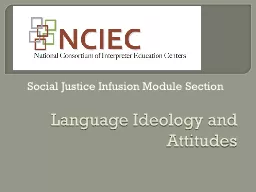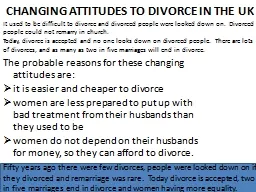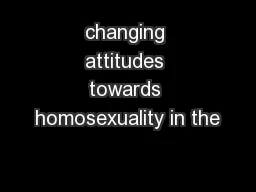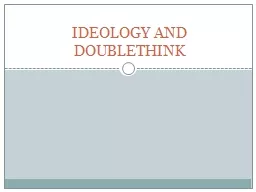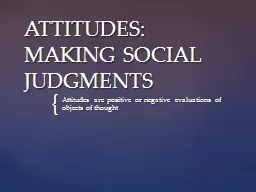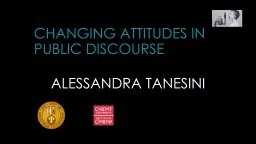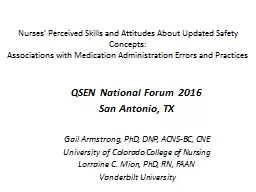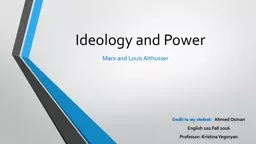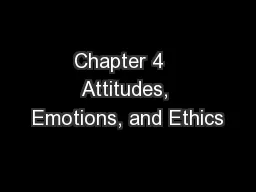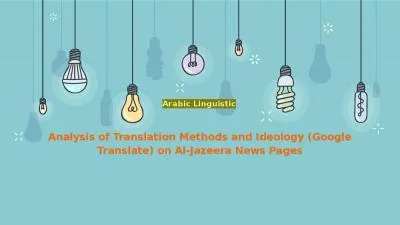PPT-Language Ideology and Attitudes
Author : pasty-toler | Published Date : 2018-01-07
Social Justice Infusion Module Section Key Concepts Ideology Language Ideology Language Status Language Attitudes Ideology As defined by MerriamWebster a systematic
Presentation Embed Code
Download Presentation
Download Presentation The PPT/PDF document "Language Ideology and Attitudes" is the property of its rightful owner. Permission is granted to download and print the materials on this website for personal, non-commercial use only, and to display it on your personal computer provided you do not modify the materials and that you retain all copyright notices contained in the materials. By downloading content from our website, you accept the terms of this agreement.
Language Ideology and Attitudes: Transcript
Download Rules Of Document
"Language Ideology and Attitudes"The content belongs to its owner. You may download and print it for personal use, without modification, and keep all copyright notices. By downloading, you agree to these terms.
Related Documents

